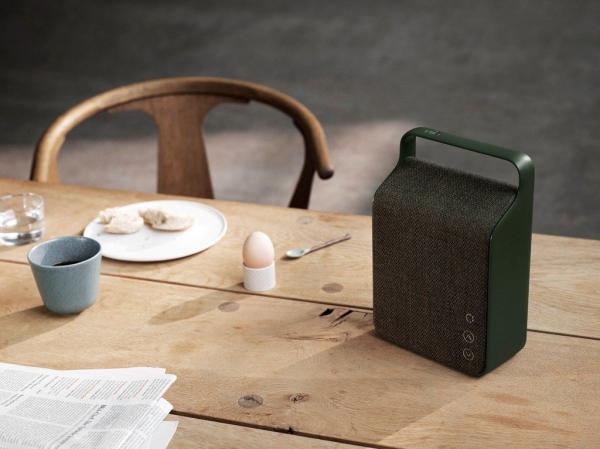Cables & Accessories
Sort By: Post Date TitlePublish Date
Pages
CURRENT ISSUE
 |
Inside this month's issue:
WiiM Ultra, System Audio Signature 5, Monitor Audio Studio 89, Volumio Rivo, SVS Ultra Evolution Nano, iFi Audio ZEN Blue 3 and much, much more
|

















